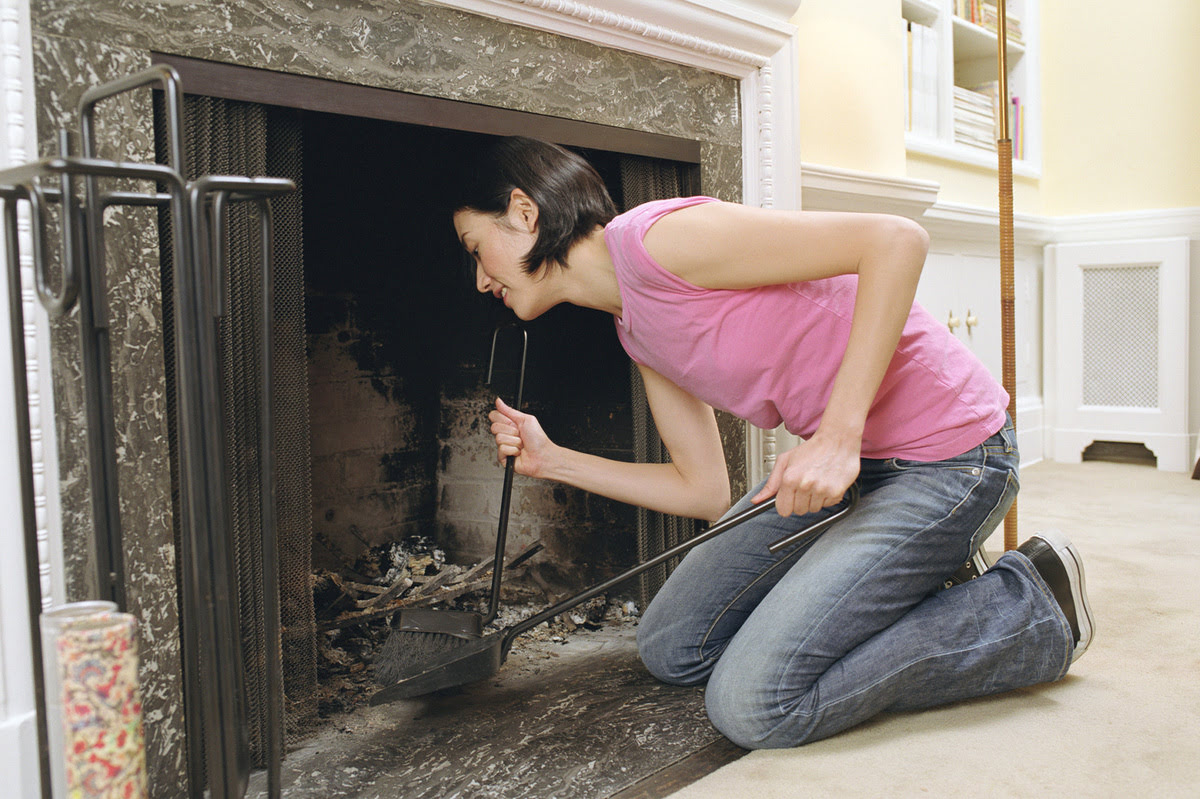

Articles
How To Clean Soot Out Of Fireplace
Modified: October 23, 2024
Learn effective methods to clean soot out of your fireplace with these informative articles. Get your fireplace looking fresh and soot-free!
(Many of the links in this article redirect to a specific reviewed product. Your purchase of these products through affiliate links helps to generate commission for Storables.com, at no extra cost. Learn more)
Introduction
Fireplaces not only provide warmth and ambiance to a home but can also be a beautiful focal point in any room. However, over time, soot and buildup from burning wood can accumulate, leaving your fireplace looking dirty and neglected. Cleaning soot out of a fireplace may seem like a daunting task, but with the right supplies and techniques, it can be a relatively simple and rewarding process.
In this article, we will guide you through a step-by-step process to effectively clean soot out of your fireplace. We will cover everything from gathering the necessary supplies to the finishing touches, ensuring that your fireplace regains its pristine condition.
Before we dive into the cleaning process, it’s important to mention that safety should always be a top priority when working around a fireplace. Make sure the fireplace has cooled down completely to avoid any accidents or injuries. Additionally, it’s advisable to wear protective gloves and eyewear throughout the cleaning process to protect your skin and eyes from any potential soot residue or cleaning solutions.
Now, let’s get started with Step 1: Gathering Supplies.
Key Takeaways:
- Regular maintenance and cleaning are essential to keep your fireplace looking its best and ensure optimal functionality and safety. Prioritize safety, gather supplies, and follow the step-by-step process for a rewarding cleaning experience.
- Cleaning soot out of your fireplace can be a rewarding and worthwhile endeavor with the right supplies and techniques. From preparing the area to adding finishing touches, each step plays a vital role in restoring your fireplace to its pristine condition.
Read more: How To Clean Soot Off Fireplace Brick
Step 1: Gathering Supplies
Before you begin cleaning the soot out of your fireplace, it’s essential to gather all the necessary supplies. Having everything prepared and within reach will make the cleaning process more efficient and seamless. Here’s a list of supplies you’ll need:
- Protective gear: As mentioned earlier, it’s crucial to prioritize safety. Grab a pair of gloves and safety goggles to protect your hands and eyes from soot and cleaning solutions.
- Cleaning solutions: Depending on the level of soot buildup and the material of your fireplace, you may need different cleaning solutions. Common options include mild dish soap mixed with water, vinegar and water solution, or a specialized fireplace cleaner. Choose the one that is appropriate for your needs.
- Scrub brush or sponge: Look for a brush or sponge with sturdy bristles or fibers that can effectively scrub away soot. Make sure it’s safe to use on the material of your fireplace.
- Dry cleaning sponge: This specially designed sponge is perfect for removing loose soot and dirt without the need for water. It can be found at hardware or home improvement stores.
- Vacuum cleaner: A vacuum cleaner with a hose attachment will come in handy for removing loose soot and debris from the fireplace. Ensure the vacuum is capable of handling both fine particles and larger debris.
- Plastic drop cloths or newspapers: Place these on the floor in front of the fireplace to protect your flooring from any falling soot or cleaning solution.
- Paper towels or clean cloth: These are useful for wiping down surfaces and drying the fireplace after the cleaning process is complete.
Once you have gathered all the necessary supplies, you are ready to move on to Step 2: Preparing the Area.
Step 2: Preparing the Area
Before you start cleaning the soot out of your fireplace, it’s important to take some time to prepare the surrounding area. This will help protect your home and make the cleaning process more efficient. Follow these steps to prepare the area:
- Clear any objects: Remove any furniture, decorations, or items in close proximity to the fireplace. This will give you more space to work and prevent any accidental damage to your belongings.
- Lay down protective coverings: Use plastic drop cloths or layers of old newspapers to cover the floor in front of the fireplace. This will catch any falling soot or cleaning solution, making cleanup easier.
- Close off the area: If possible, close the flue or damper to prevent any soot or debris from falling into the room. This will also help contain the smell of the cleaning solutions and prevent them from spreading throughout your home.
- Open windows or turn on fans: Ventilation is important during the cleaning process to help dissipate any odors or fumes. Open windows or turn on fans to help the air circulation in the room.
By taking these steps to prepare the area, you can ensure a clean and safe environment to work in. Once you have completed these preparations, it’s time to move on to Step 3: Removing Loose Soot.
Step 3: Removing Loose Soot
Before diving into the deep cleaning process, it’s essential to remove any loose soot and debris from the fireplace. This will make the subsequent steps more effective and prevent further spreading of soot during the cleaning process. Here’s how to remove loose soot:
- Put on your protective gloves and safety goggles to ensure your hands and eyes are protected during the process.
- Using a small handheld brush or broom, gently sweep the interior of the fireplace, being careful not to stir up the soot and send it into the air. Sweep the soot towards the center of the fireplace for easy cleanup.
- If the fireplace has a grate or mesh screen, remove it and clean it separately using a brush or by giving it a good shake outside. This will help remove any excess soot trapped in the grate or screen.
- Use a handheld vacuum cleaner with a hose attachment to carefully vacuum up any loose soot and debris from the interior of the fireplace. Pay close attention to the corners, crevices, and hard-to-reach areas.
- For areas that are difficult to reach with a vacuum cleaner, consider using a small handheld brush or even a soft-bristled toothbrush to loosen any stubborn soot. Once loosened, use the vacuum cleaner to suction it up.
By removing loose soot, you are laying the groundwork for a more thorough cleaning of your fireplace. This step will also help minimize the amount of soot that gets caught in cleaning tools and solutions, making the cleanup process easier. With the loose soot removed, you are now ready to move on to Step 4: Using a Dry Cleaning Sponge.
Step 4: Using a Dry Cleaning Sponge
A dry cleaning sponge is a useful tool for removing soot and dirt from the surfaces of your fireplace without the need for water or cleaning solutions. Its unique texture acts as an eraser, effectively lifting away residue. Follow these steps to use a dry cleaning sponge:
- Ensure your fireplace has cooled down completely before using a dry cleaning sponge.
- Put on your protective gloves to protect your hands during the cleaning process.
- Take the dry cleaning sponge and carefully rub it over the surfaces of the fireplace, including the walls, floor, and any other areas with soot buildup. Apply gentle pressure and use circular or sweeping motions to lift away the soot.
- After a few swipes, check the sponge to see if it has accumulated a significant amount of residue. If so, rinse it out in a sink or bucket of water and wring it out before continuing. This will ensure its effectiveness in removing soot.
- Continue using the dry cleaning sponge until you have gone over all the surfaces and removed as much soot as possible. You may need to rinse and wring out the sponge multiple times to keep it clean and effective.
- Once you have finished using the dry cleaning sponge, gently wipe down the surfaces with a clean cloth or paper towel to remove any remaining residue.
Using a dry cleaning sponge is an efficient way to remove soot from the surfaces of your fireplace without adding moisture. It helps to reduce the need for heavy scrubbing or the use of harsh cleaning solutions. With the majority of the soot lifted away, you are now ready to proceed to Step 5: Vacuuming the Fireplace.
Use a mixture of warm water and dish soap to scrub soot off the fireplace walls. For stubborn spots, try using a vinegar and water solution. Always wear gloves and eye protection.
Read more: How To Clean Soot Off Stone Fireplace
Step 5: Vacuuming the Fireplace
Once you have removed loose soot and used a dry cleaning sponge to lift away residue from the surfaces of your fireplace, it’s time to give it a thorough vacuuming. Vacuuming will help remove any remaining debris and ensure a clean and tidy fireplace. Follow these steps to properly vacuum the fireplace:
- Attach the hose attachment to your vacuum cleaner and make sure it is securely connected.
- Set the vacuum cleaner to the appropriate setting for cleaning fine particles and debris. Make sure the suction power is not too strong to avoid damaging any delicate components of the fireplace.
- Starting from the top of the fireplace, carefully insert the hose attachment into the various nooks and crannies, such as corners, crevices, and hard-to-reach areas.
- Move the hose attachment around to thoroughly vacuum all surfaces, paying special attention to areas where soot tends to accumulate, such as the bottom of the fireplace and the edges of the firebox.
- Continue vacuuming until you are confident that all loose debris and soot have been removed. Take your time and be thorough, ensuring that you cover every surface.
- Once you have finished vacuuming, inspect the fireplace to make sure it is clean and free of any remaining debris. If necessary, use a brush or cloth to remove any stubborn bits that the vacuum may have missed.
Vacuuming the fireplace not only removes any loose debris but also helps to maintain a clean and safe environment. It ensures that your fireplace is ready for the next step in the cleaning process. With the fireplace vacuumed, you are now ready to move on to Step 6: Scrubbing with a Cleaning Solution.
Step 6: Scrubbing with a Cleaning Solution
After removing loose soot, using a dry cleaning sponge, and vacuuming the fireplace, it’s time to tackle any remaining stubborn stains and dirt using a cleaning solution. Scrubbing with a cleaning solution will help break down residue and leave your fireplace looking fresh and clean. Follow these steps to effectively scrub your fireplace with a cleaning solution:
- Choose a cleaning solution that is suitable for your fireplace material. Mild dish soap mixed with water, vinegar and water solution, or a specialized fireplace cleaner are commonly used options.
- In a bucket or spray bottle, mix the cleaning solution according to the instructions on the product or create your own solution using the appropriate ratios.
- Dip a scrub brush or sponge into the cleaning solution, making sure it is well-saturated but not dripping.
- Starting from the top, gently scrub the surfaces of the fireplace using circular or back-and-forth motions. Pay extra attention to any stained or heavily soiled areas.
- Continue scrubbing until you have covered all the surfaces of the fireplace.
- If using a spray bottle, spray the cleaning solution directly onto stubborn stains and let it sit for a few minutes to allow it to penetrate and loosen the dirt.
- Once you have thoroughly scrubbed the fireplace, use a clean, damp cloth or sponge to wipe away the cleaning solution.
- Rinse the cloth or sponge frequently to ensure you are not spreading the dirt around.
Scrubbing with a cleaning solution is the key step in eliminating stubborn stains and residue that may have accumulated over time. It helps restore the original appearance of your fireplace and prepares it for the final cleaning touches. With the fireplace scrubbed and cleaned, you are now ready to move on to Step 7: Cleaning the Glass Doors (If Applicable).
Step 7: Cleaning the Glass Doors (If Applicable)
If your fireplace has glass doors, it’s important to give them some extra attention during the cleaning process. Over time, soot and residue can accumulate on the glass, impairing the view and detracting from the overall appearance of the fireplace. Follow these steps to effectively clean the glass doors of your fireplace:
- Ensure that the fireplace is completely cool before attempting to clean the glass doors.
- Prepare a cleaning solution specifically designed for glass. You can use a commercial glass cleaner or make a homemade solution by mixing equal parts vinegar and water.
- Dampen a clean cloth or paper towel with the cleaning solution.
- Gently wipe the glass doors, starting from the top and working your way down. Use a circular or back-and-forth motion to remove any soot or residue.
- If there are any stubborn stains or buildup, you can use a non-abrasive sponge or a glass-cleaning brush to scrub the affected areas.
- Once you have thoroughly cleaned the glass doors, use a separate clean cloth or paper towel to dry them. This will prevent streaks and leave the glass looking clear and spotless.
Cleaning the glass doors of your fireplace not only improves the visual appeal but also allows for a clear view of the flames. It is important to use the appropriate cleaning solution and gentle techniques to avoid damaging the glass. With the glass doors cleaned, you are now ready to move on to Step 8: Finishing Touches.
Step 8: Finishing Touches
After completing the major cleaning steps, it’s time to add the finishing touches to your fireplace cleaning process. These final touches will help ensure that your fireplace looks pristine and ready to be enjoyed. Follow these steps to add those final touches:
- Inspect the fireplace: Take a close look at all the surfaces of the fireplace to ensure that it is clean and free from any remaining residue or debris. Pay attention to corners, crevices, and hard-to-reach areas.
- If you notice any remaining spots or stains, spot clean them using a small amount of the appropriate cleaning solution and a cloth or sponge.
- Wipe down the surrounding areas: Use a damp cloth or sponge to wipe down the mantel, hearth, and any other surfaces around the fireplace to remove any dust, dirt, or cleaning solution residue.
- Replace or clean fireplace accessories: If you removed any fireplace accessories, such as a grate or mesh screen, during the cleaning process, now is the time to replace them or clean them thoroughly.
- Dispose of debris: Properly dispose of all debris, soot, and residue that was collected during the cleaning process. Make sure to seal it in a bag or container to prevent any mess or odor.
- Take a step back and admire your work: Stand back and appreciate the clean and refreshed appearance of your fireplace. It’s now ready to serve as a cozy and inviting focal point in your living space.
With these finishing touches, your fireplace cleaning process is complete. Regular maintenance and cleaning will help keep your fireplace looking its best and ensure optimal functionality. Sit back, relax, and enjoy a warm and captivating fire in your beautifully cleaned fireplace!
Remember, cleaning a fireplace can be a messy task. It’s a good idea to periodically clean your fireplace to prevent excessive buildup of soot and dirt. Regular maintenance will make the cleaning process easier and help maintain the overall condition of your fireplace for years to come.
Read more: How To Clean Out A Gas Fireplace
Conclusion
Cleaning soot out of your fireplace may seem like a daunting task, but with the right supplies, techniques, and a little bit of patience, it can be a rewarding and worthwhile endeavor. A clean fireplace not only enhances the visual appeal of your home but also ensures optimal functionality and safety.
In this comprehensive guide, we have covered the step-by-step process to effectively clean soot out of your fireplace. From gathering the necessary supplies to the finishing touches, each step plays a vital role in restoring your fireplace to its pristine condition.
Remember to prioritize safety throughout the cleaning process, wearing protective gloves and eyewear to shield yourself from soot and cleaning solutions. Take the time to prepare the area, removing any objects and laying down protective coverings to prevent any damage or mess. Begin by removing loose soot, using a dry cleaning sponge, and vacuuming the fireplace to eliminate debris. Scrubbing the surfaces with a cleaning solution helps eliminate stubborn stains and residue, while cleaning the glass doors adds the perfect finishing touch.
By completing these steps, you can enjoy a clean and inviting fireplace in your home. Regular maintenance and cleaning will help keep your fireplace looking its best and ensure efficient and safe operation.
Now, armed with the knowledge and techniques provided in this article, you can confidently tackle the task of cleaning soot out of your fireplace. So go ahead, bring back the beauty and warmth of your fireplace and create a cozy and inviting atmosphere in your home.
Frequently Asked Questions about How To Clean Soot Out Of Fireplace
Was this page helpful?
At Storables.com, we guarantee accurate and reliable information. Our content, validated by Expert Board Contributors, is crafted following stringent Editorial Policies. We're committed to providing you with well-researched, expert-backed insights for all your informational needs.
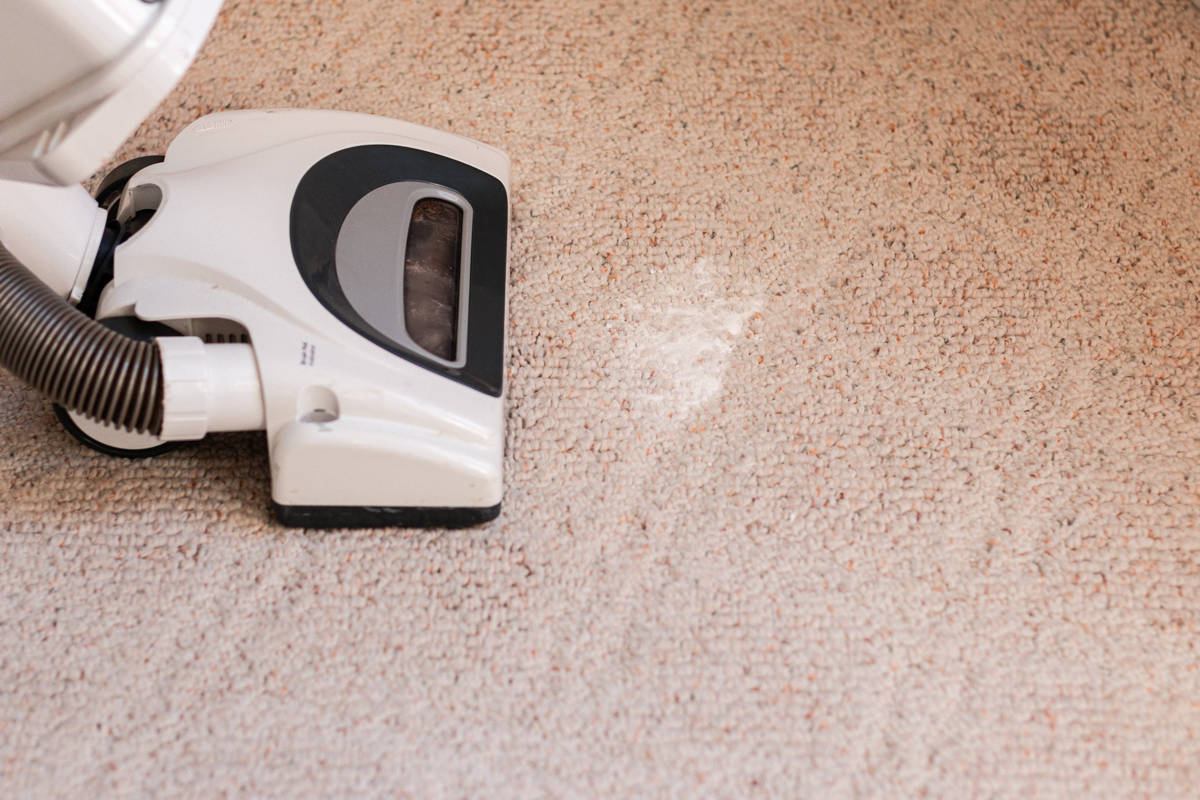
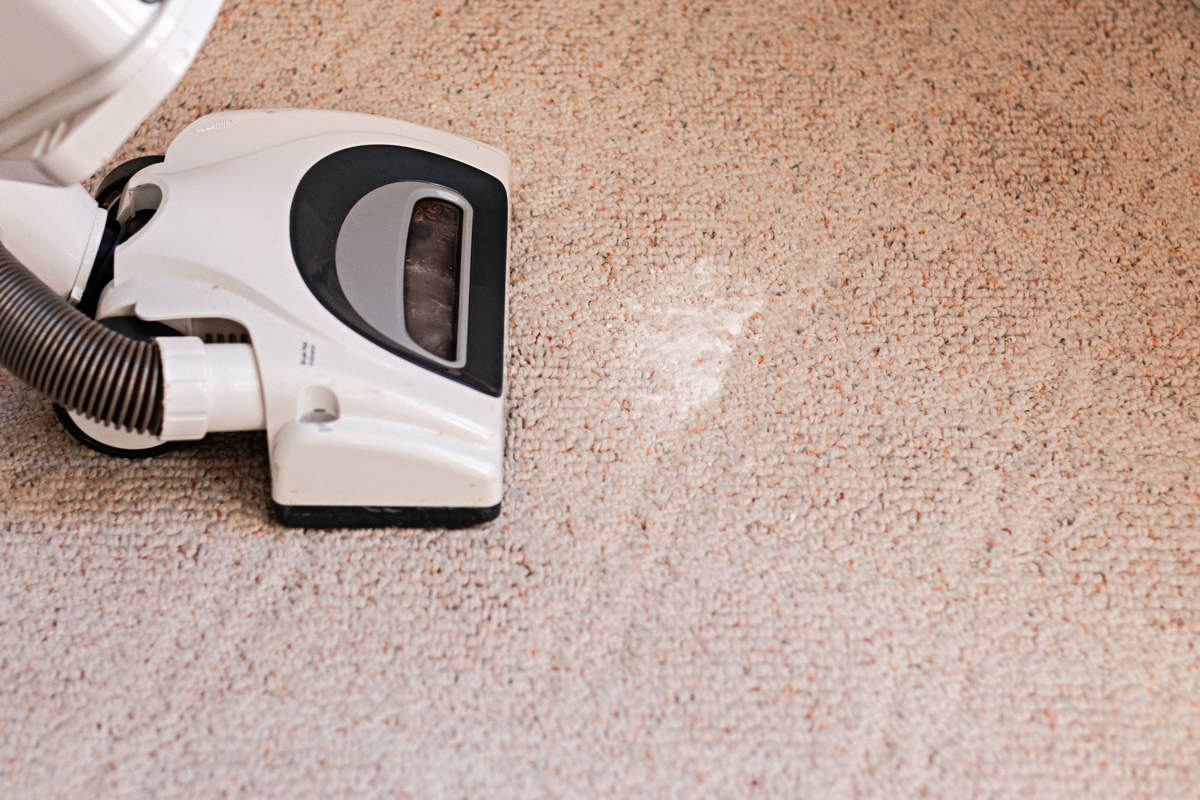
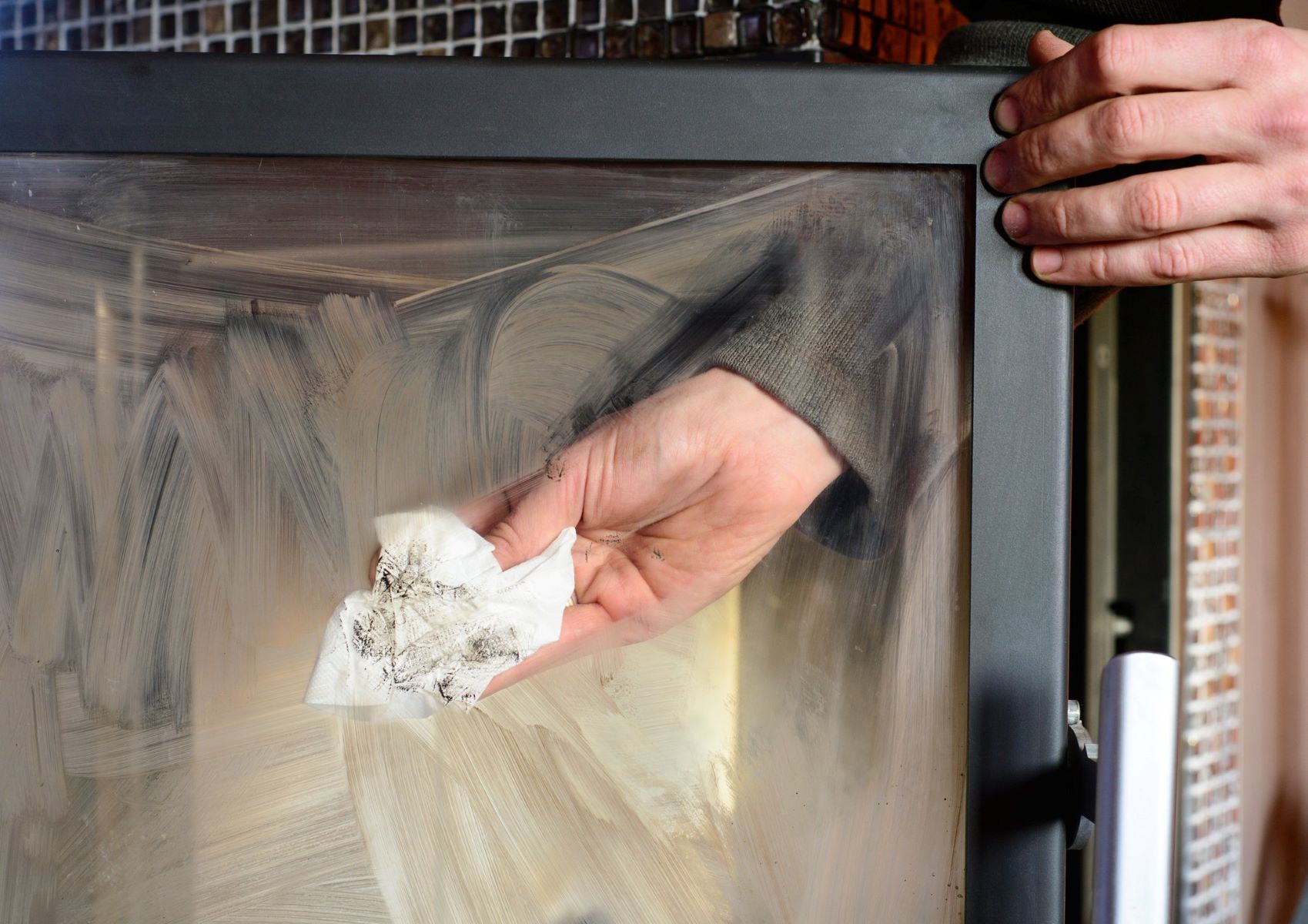
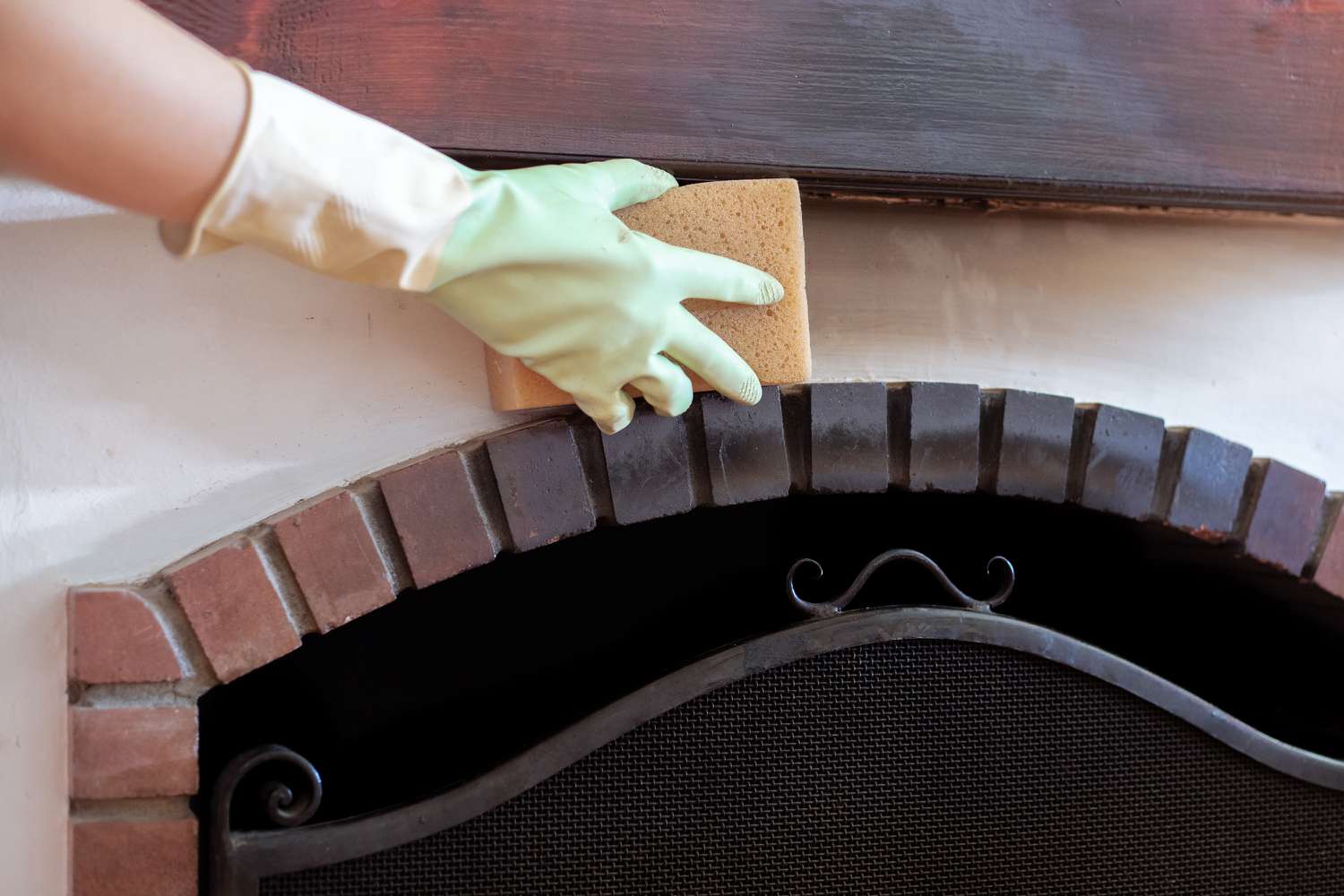
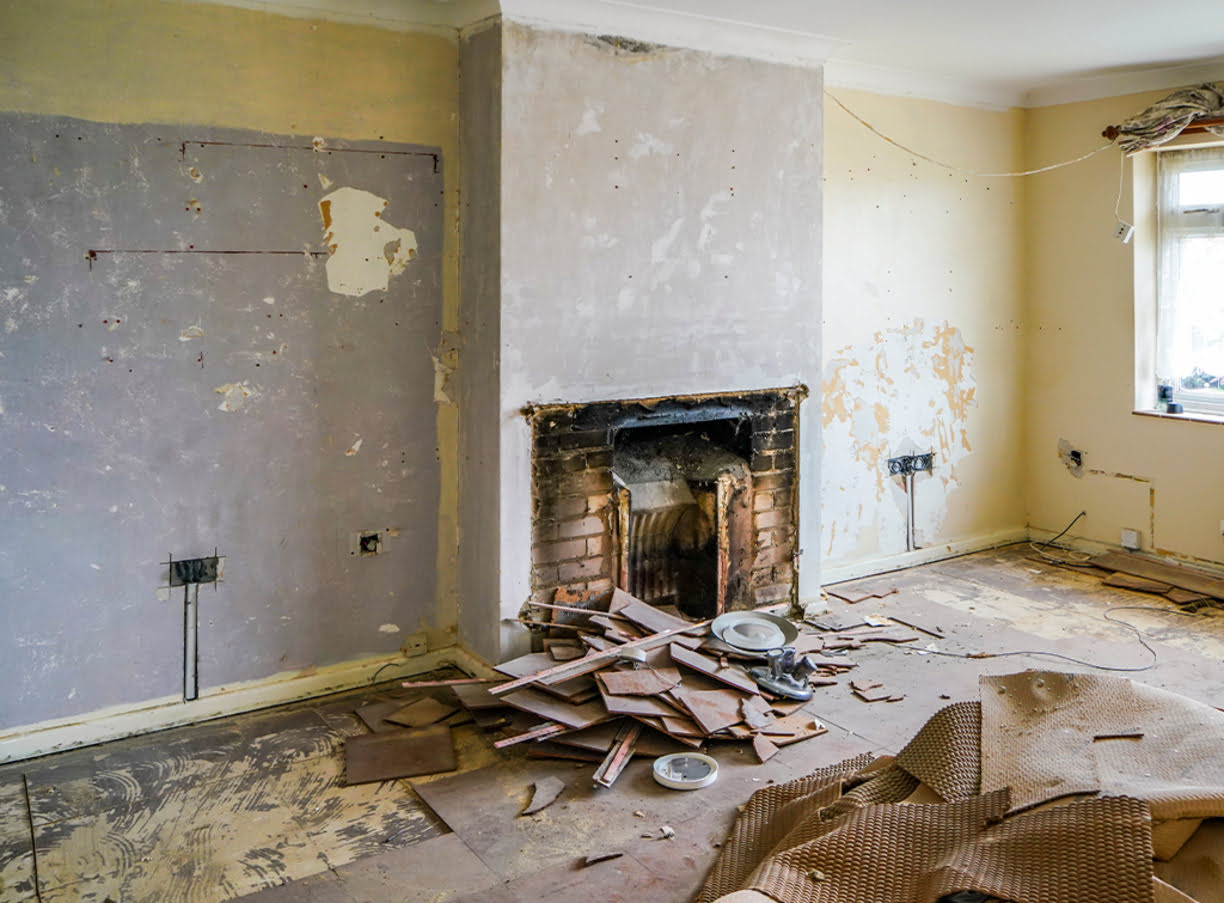
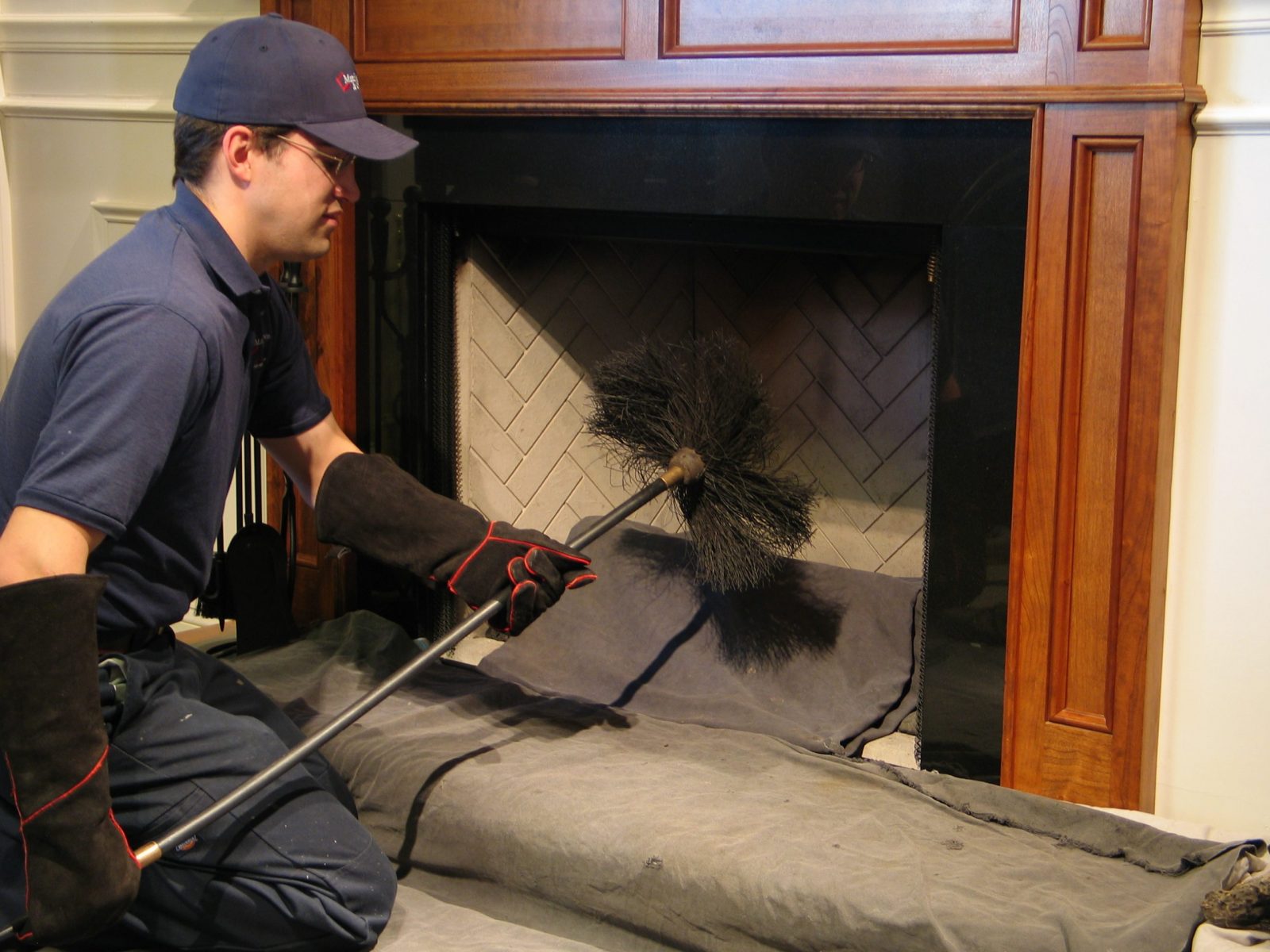
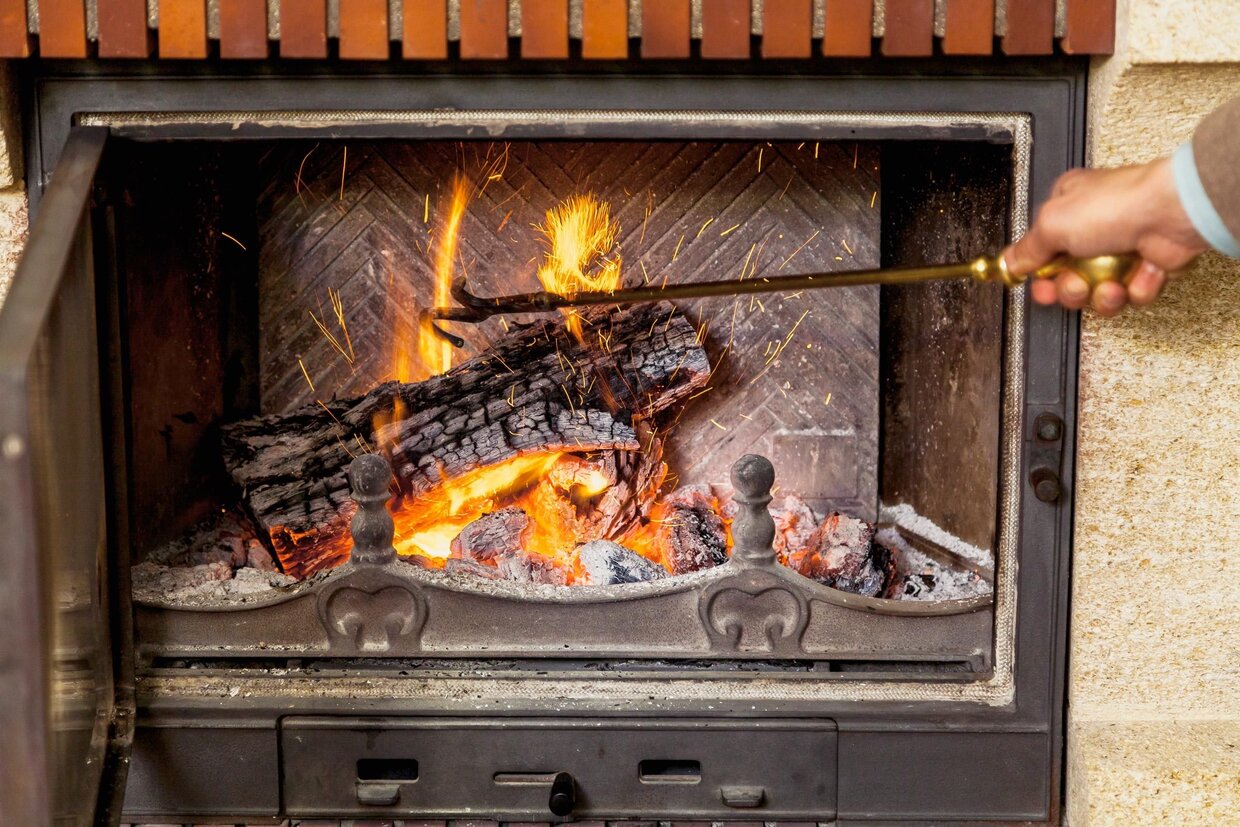
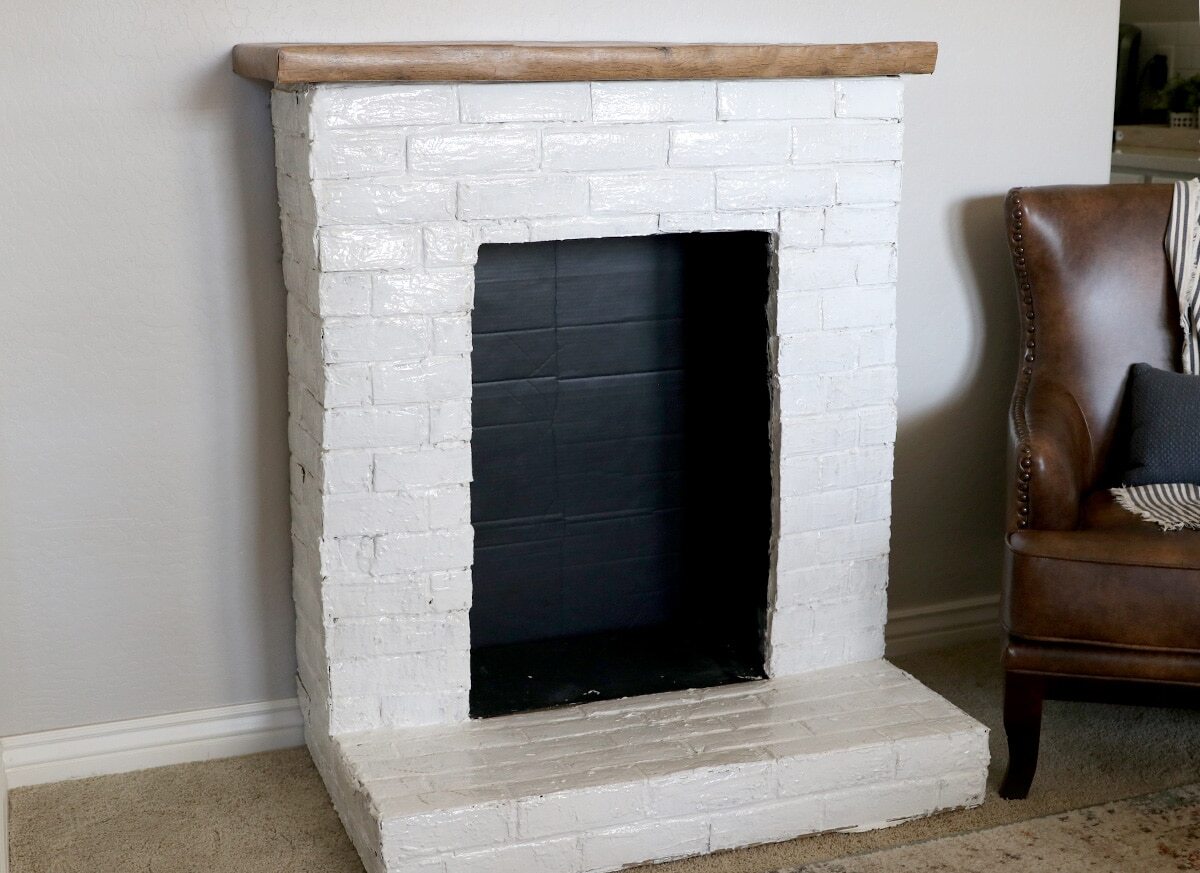
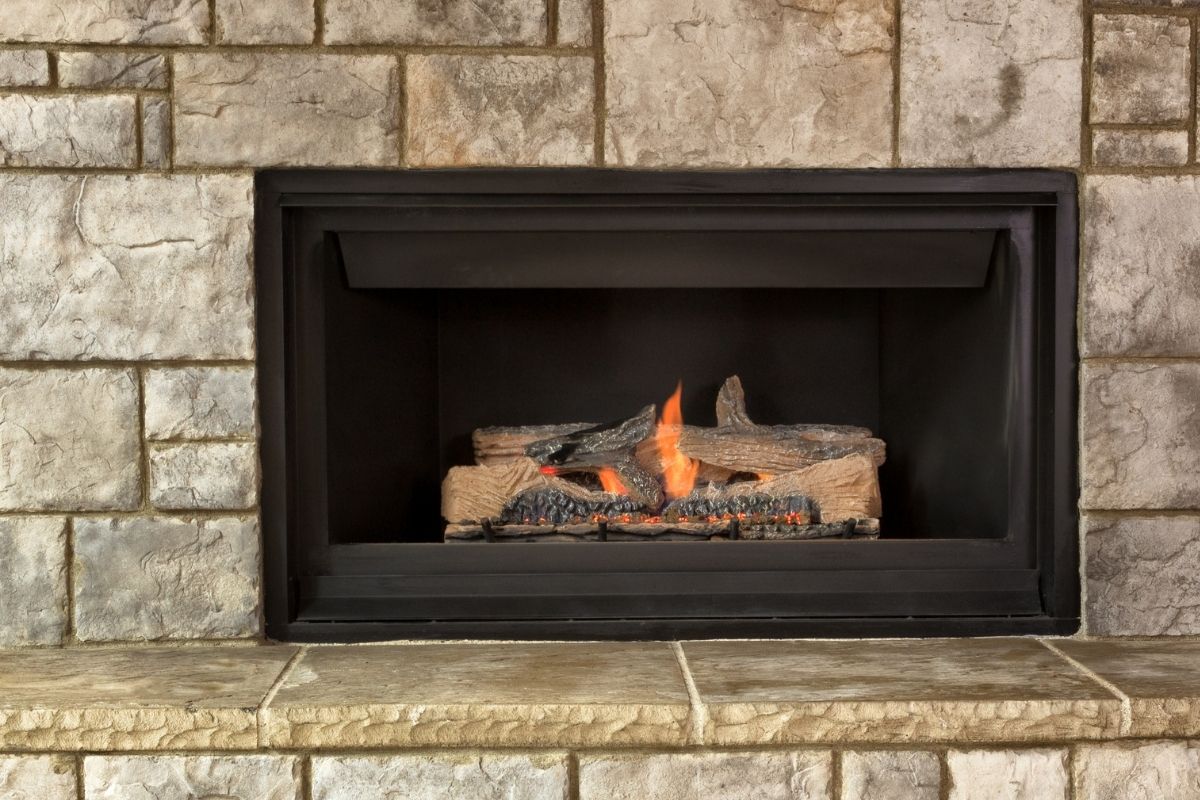
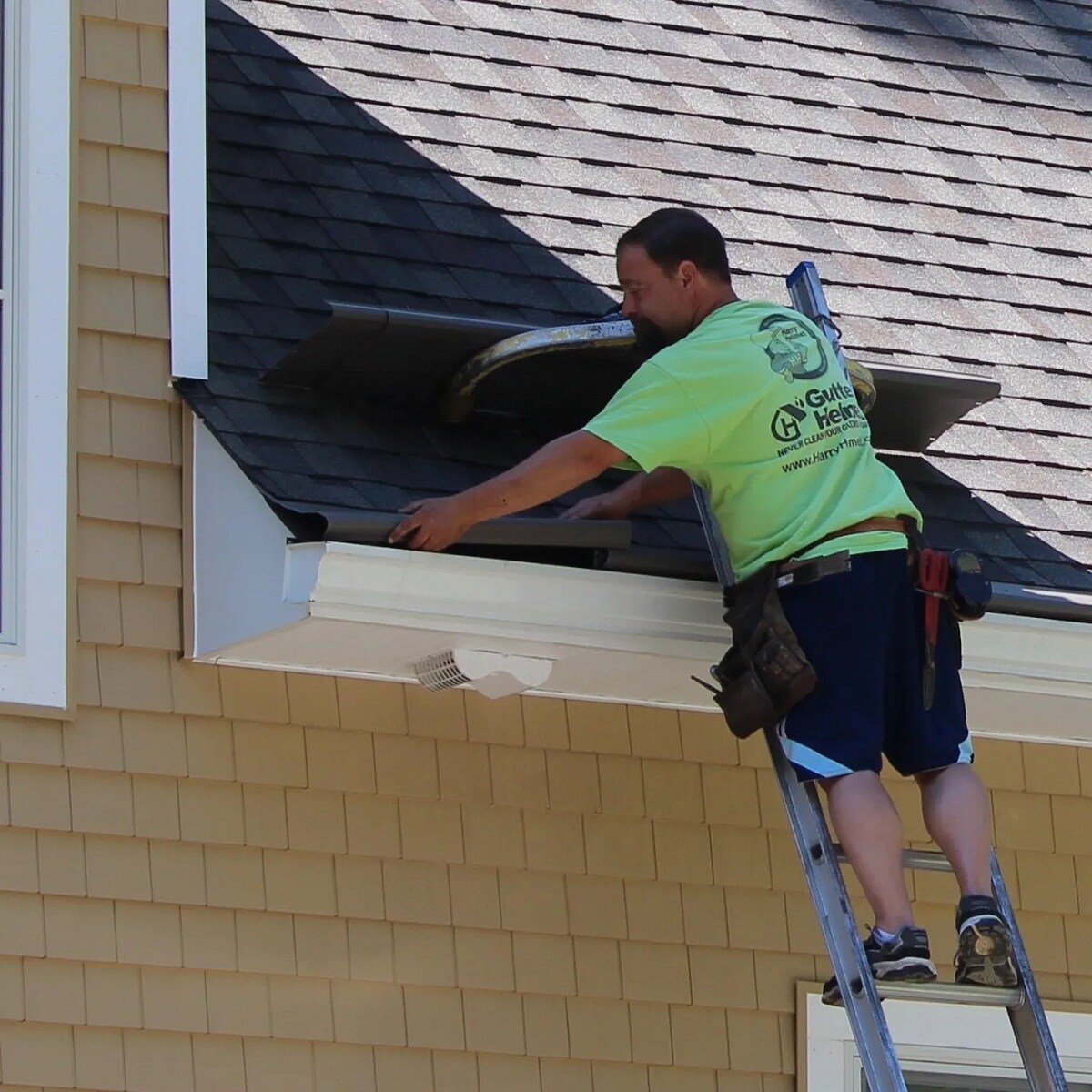
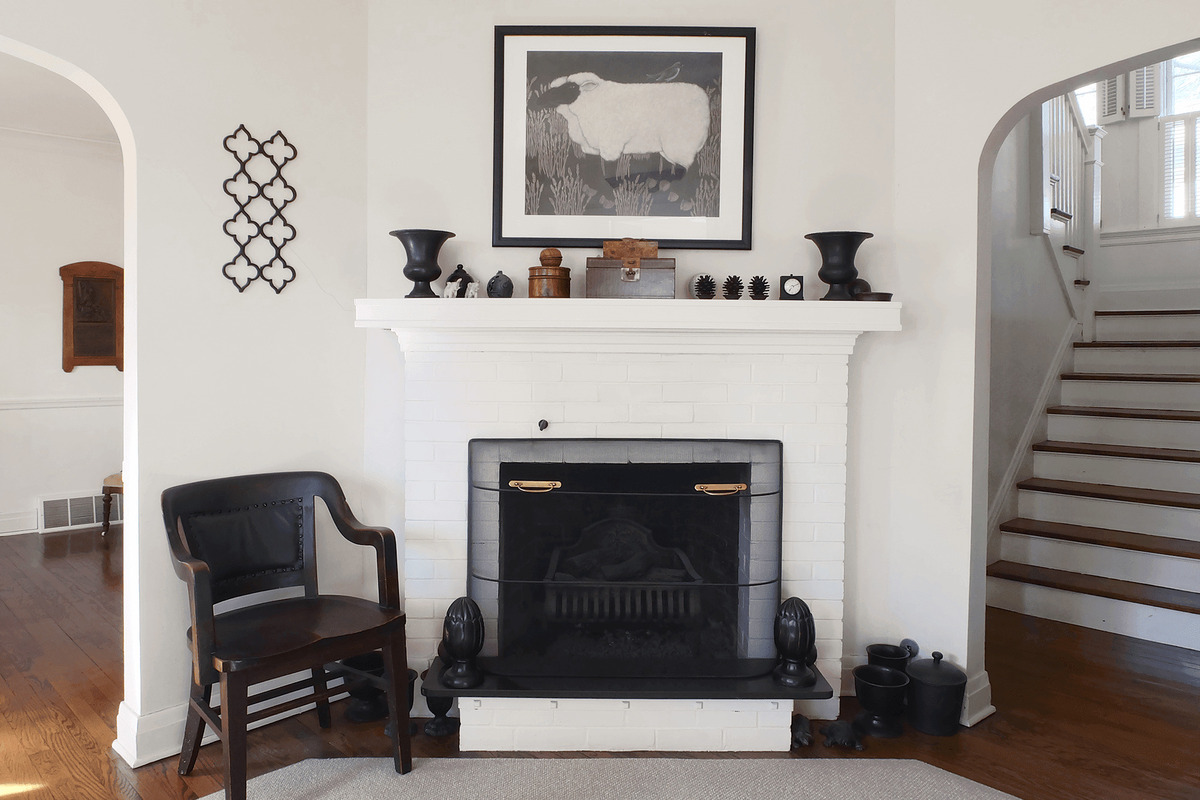
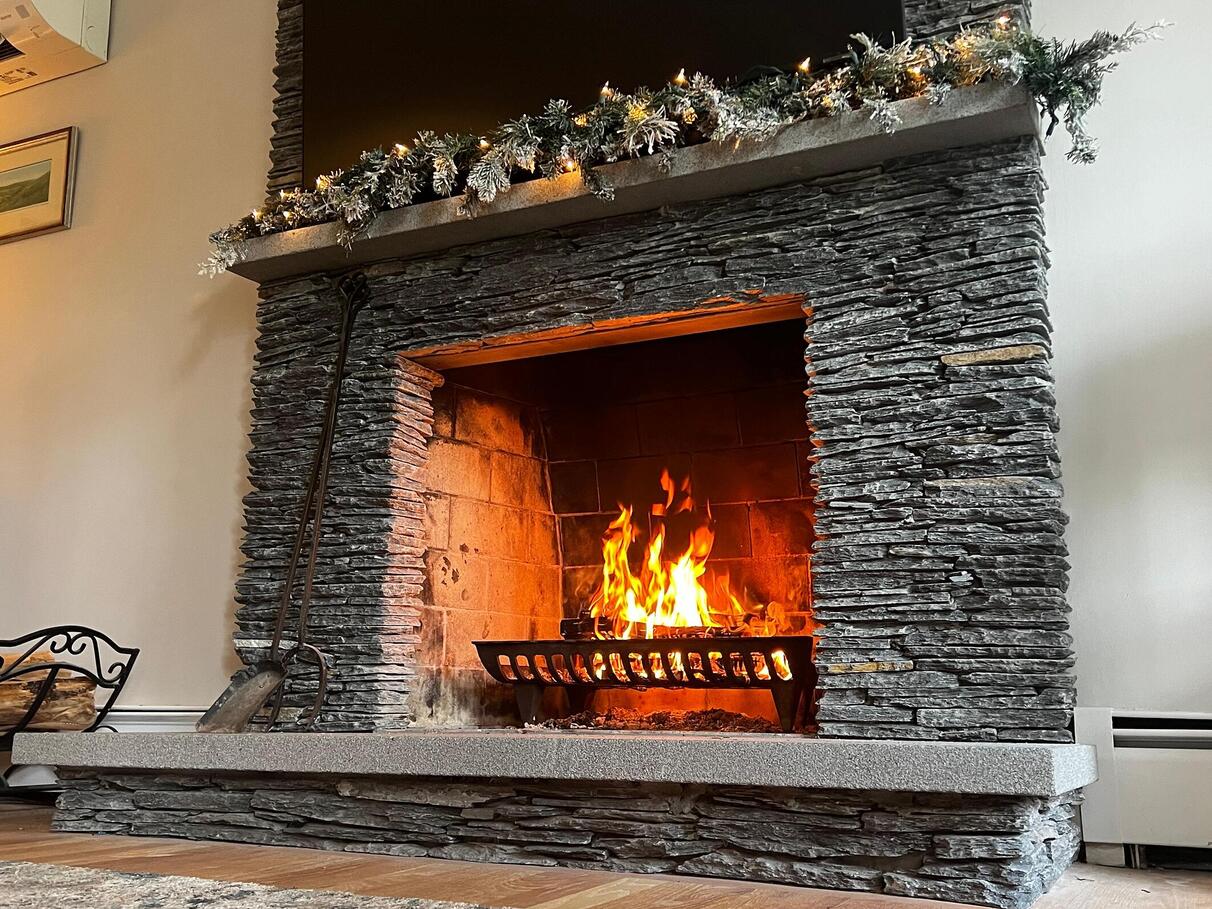


0 thoughts on “How To Clean Soot Out Of Fireplace”